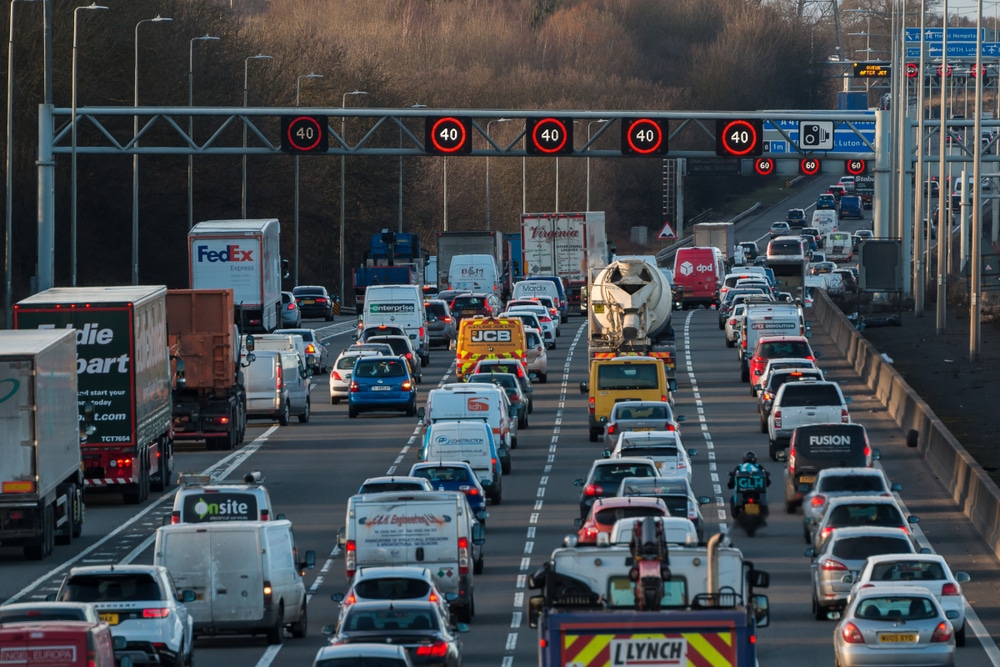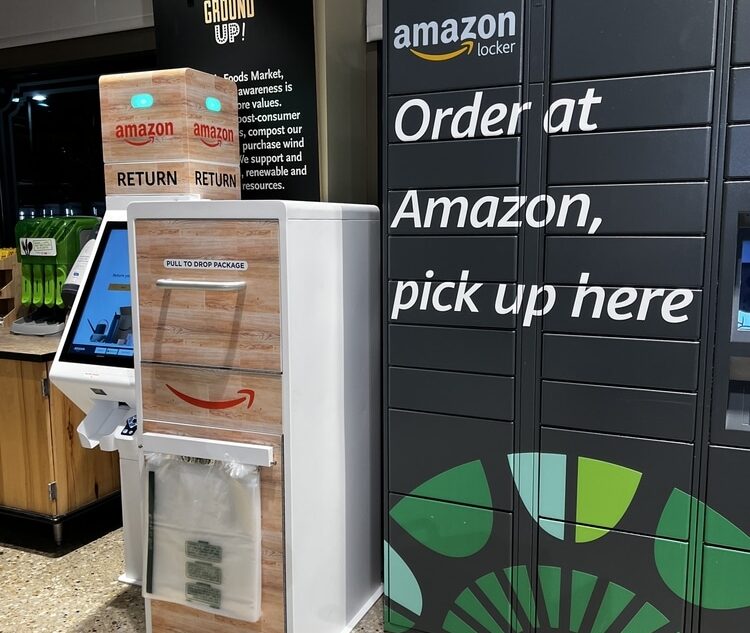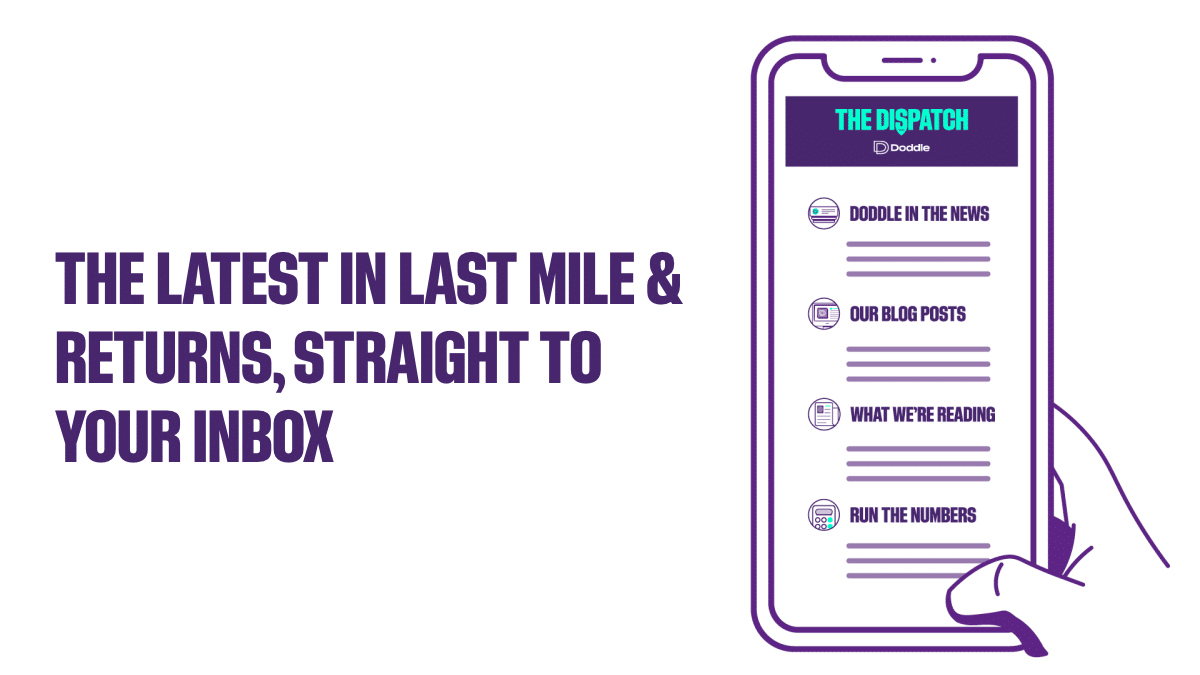Insight / Blog
Is unattended home delivery the future for carrier efficiency?
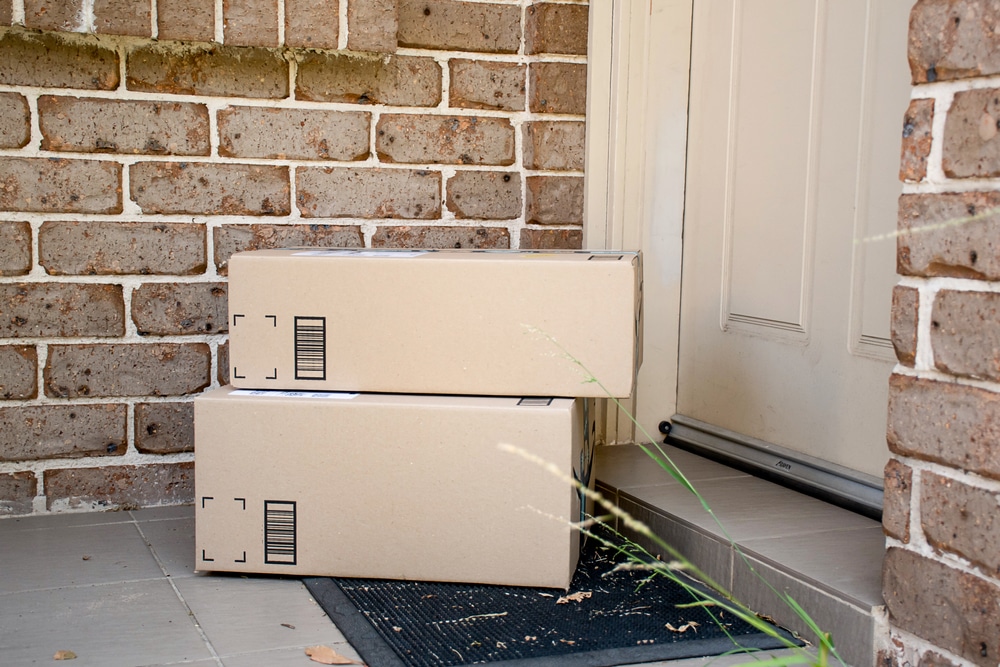
Summary: Unattended home delivery can reduce failed delivery – but only if carriers and consumers are on the same page.
For carriers, home delivery is a race to get as many parcels behind doors as possible – every second that drivers wait at empty houses is time and money lost. With global parcel volume likely to reach 256 billion parcels by 2027, improving efficiency is becoming even more critical to keep up with demand.
Failed deliveries don’t just take their toll on efficiency but also damage the customer experience, making consumers less inclined to purchase with that retailer or shop online if delivered by a specific carrier. As the saying goes: ‘once bitten, twice shy’.
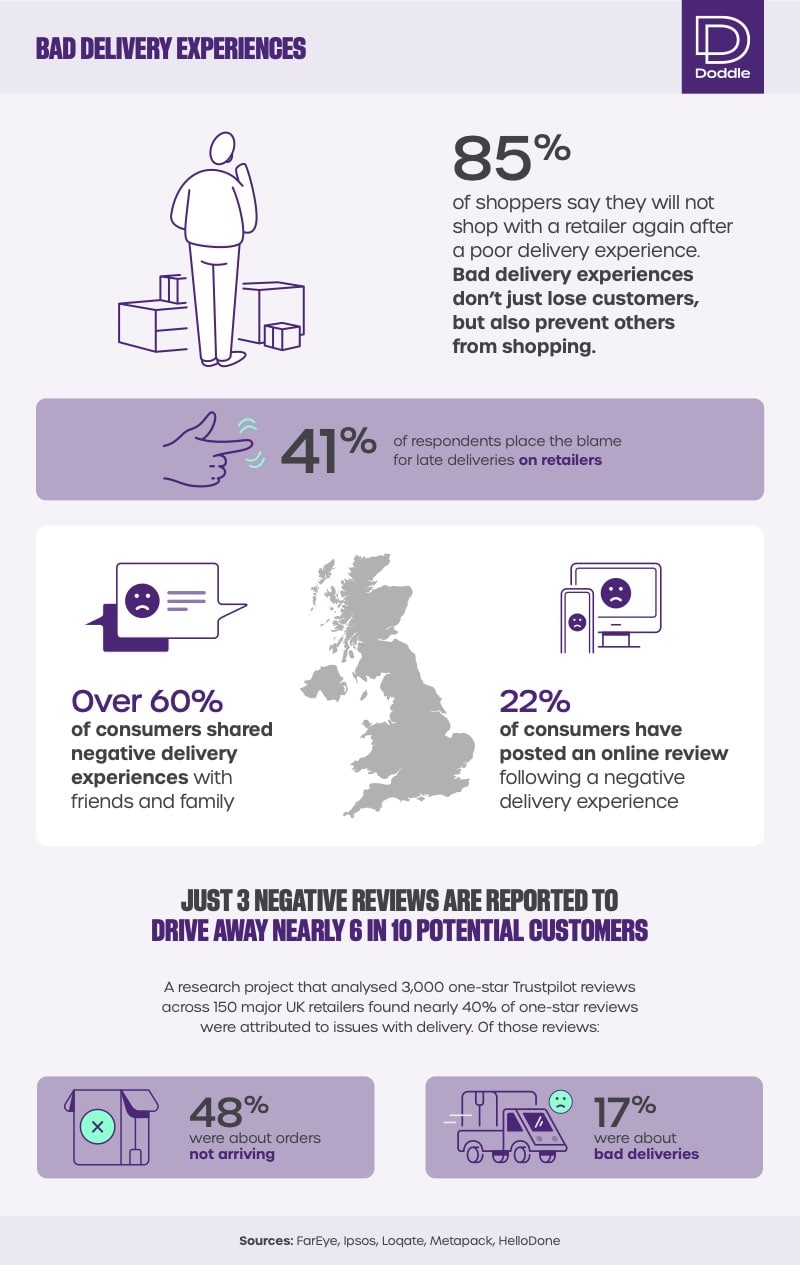
Unattended home delivery offers a solution by allowing carriers to leave parcels when a consumer isn’t home, thus reducing failed deliveries and time spent on each drop, making routes more efficient and potentially improving the consumer experience. However, this only works if both carrier and consumer are on the same page – unexpectedly unattended deliveries result in a very poor customer experience. As we’ll see, some forms of unattended delivery require consumer participation. Let’s evaluate current unattended delivery methods to see if any existing solutions can improve carrier efficiency and the customer experience in the long-term.
Option A: Leave in a safe place
Leaving parcels at empty houses is one of the easiest methods for carriers. If someone doesn’t reply, drop the parcel in the back garden, porch, or another suitable place for them to find when they get back.
In Japan, our partner Yamato is offering “doorstep delivery” (parcels left on the doorstep) to the 55 million members of its Kuroneko membership service. This service is a significant addition to its standard model, which provides unlimited home delivery attempts until the delivery is complete – meaning a physical handover to the consignee. However, Japanese consumers are slowly becoming more accustomed to unattended delivery since Amazon launched the service in 2019, providing Yamato with an opportunity to increase efficiency and profitability by reducing first-time failed deliveries.
However, this mode of unattended delivery will depend heavily on the area and dwelling type. For example, flats and apartments might lack a place to leave parcels – while some countries have high parcel theft rates that will make unattended delivery unfeasible. In the US, 49 million consumers have had at least one package stolen in the past 12 months, and in Canada 6 million packages were reported lost or stolen, and a third of Canadians say they’ve been a victim of parcel theft or loss in their lifetime.
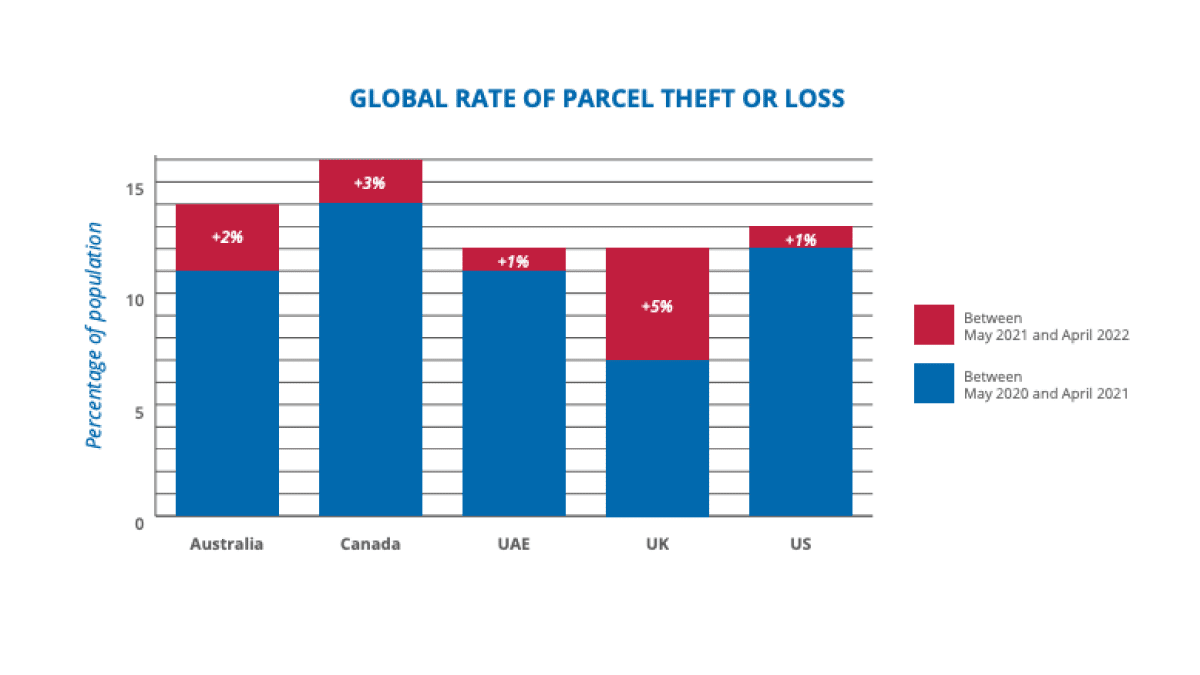
The Global Parcel Theft report also shows that stolen or lost parcels are also on the rise across Australia, Canada, UAE, the US, and the UK – with the UK experiencing the most significant increase of 5% in the past twelve months. According to police data, this figure is much more severe – as parcel theft has grown almost 300% in the last three years. Worried about high theft rates, 4 million UK shoppers say this concern is enough to make them reluctant to shop online.
Our own research in southeast Asia also confirms parcel theft as a concern, with 10% of all surveyed consumers across Malaysia, Thailand, The Philippines, and Indonesia reporting at least one theft in the past 12 months.
If theft is causing some consumers to be reluctant to shop online, they aren’t going to become adopters of this method of unattended delivery. Although it may work in certain regions, many carriers will need to look to alternatives that can be used reliably across their operational territory, so that they can scale up the solution and see greater benefits.
Option B: Hand to a neighbour
An alternative to leaving parcels in a safe place is to hand them to a neighbour. However, leaving with a neighbour means that this is no longer unattended delivery – it’s a delivery attended by an alternative person. Although having a neighbour accept a parcel that would otherwise have been a failed delivery will improve efficiency overall, it also adds an extra risk factor to carriers. If the neighbour also isn’t in, they have wasted extra time at another empty house, essentially doing two stops for a single failed delivery attempt, decreasing efficiency.
There are also trust issues here, as some consumers don’t know or trust their neighbours and thus don’t want their parcels to go to them. If consumers find parcels rerouted next door to untrustworthy neighbours, this will provoke anxiety, anger, and distrust – negatively impacting the entire delivery experience. Conversely, some consumers might have friendly neighbours who love helping by accepting parcels – using them as an excuse for a visit and a chat. This could be an option that some consumers love – but carriers don’t know without asking consumers first.
For this to really work as a delivery experience, consumers should be consulted and required to inform carriers about which neighbours (if any) to try to deliver their items to. Getting that level of connection and interaction from a consignee is increasingly possible for carriers, as delivery apps are increasingly popular among online shoppers who want more control over their deliveries. Once carriers have a channel by which to capture consumer preferences, the challenge is to ensure that this information is up-to-date, clearly displayed to and respected by the delivery worker.
While this may seem like a significant set of challenges, they’re increasingly necessary for carriers who want to increase delivery efficiency without sacrificing the customer experience, and the implications go well beyond leaving parcels with neighbours.
Option C: Use secure lockboxes
Parcel boxes, or lockboxes, are secure lockable boxes at a residence where carriers can leave parcels when the consignee isn’t at home or otherwise can’t open the door. In theory, lockboxes are an amazing solution – allowing multi-carrier use, improving first-time delivery rates, and reducing consumers’ anxiety around stolen parcels for a better experience. Most also include barcodes that carriers can scan, offering proof of delivery.
However, there are many different brands and models of lockboxes, with slightly different designs. For example, some lockboxes have open containers, which carriers put the parcel in, before it’s dropped into a locked compartment on the bottom. However, some lockboxes are operated by codes, which consumers must inform carriers of before delivery, which could cause problems if the code doesn’t make its way to the driver – it effectively requires a carrier to integrate parcel box codes into digital consumer profiles so that they can be surfaced to the driver when required.
Some models are operated remotely. When the carrier arrives, they press a button, alerting the consumer via an app on their phone, which they can then use to open the locker. This eliminates the need to inform carriers of codes beforehand, but it means that the delivery is no longer unattended. Consumers are attending, just remotely. If they don’t have phone access or miss the notification, they can’t accept the delivery, and it becomes a failed attempt.

For lockboxes to become widespread, standardisation will be important – it means consumers can be confident that delivery drivers will know what to expect and how to use a lockbox. That’s particularly essential when these are solutions marketed to consumers who are asked to pay £££ to ensure their deliveries are safe. In that case, the value is likely to be mainly apparent for high-frequency ecommerce shoppers, rather than the majority of delivery addresses.
That’s borne out in the Global Parcel Theft Report we cited earlier, which revealed that less than 10% of consumers were looking for parcel theft prevention products, despite rising concern about parcel theft.
This model of unattended home delivery seems likely to be a niche solution then, and its popularity is constrained by consumer willingness to part with cash. Carrier investment could make this more common, most likely in apartment buildings or new builds wanting to offer ready-made solutions for residents’ online shopping. However, most carriers and posts are currently more interested in investing in locker solutions that offer more than failed delivery prevention and can reduce delivery costs by consolidating multiple deliveries to single locations. Which brings us to…
OOH is a sustainable alternative to unattended home delivery
Out-of-home delivery has one major drawback that we should address immediately. While it is unattended (by the consignee), it is, as the name suggests, not at their home. With most shoppers wanting home delivery most of the time (in most markets), OOH deliveries will never be the sole solution to failed first-time deliveries or the only way to improve the delivery experience. With that said, the model can evidently provide an efficient and cost-effective solution to carriers wanting to deliver more parcels in less time, (and has major CX benefits too).
Rather than making 10 home deliveries, where statistically, one or two will fail and need rescheduling, carriers can make a single OOH drop with a 100% success rate. This saves carriers time, money, and miles driven, also helping to hit sustainability goals. Consolidation and sustainability are two key advantages of out-of-home forms of unattended delivery versus unattended home delivery.
The challenge is then to encourage consumers to accept delivery to a place other than their home. Changing consumer behaviour is undoubtedly hard, but far from impossible – and absolutely worthwhile from the carrier perspective. There is also significant extant demand for this solution, as our own research has found that 74% of UK shoppers plan to use OOH solutions, and 68% of consumers in Southeast Asia they’d be likely to OOH solutions if one was nearby and available to them.
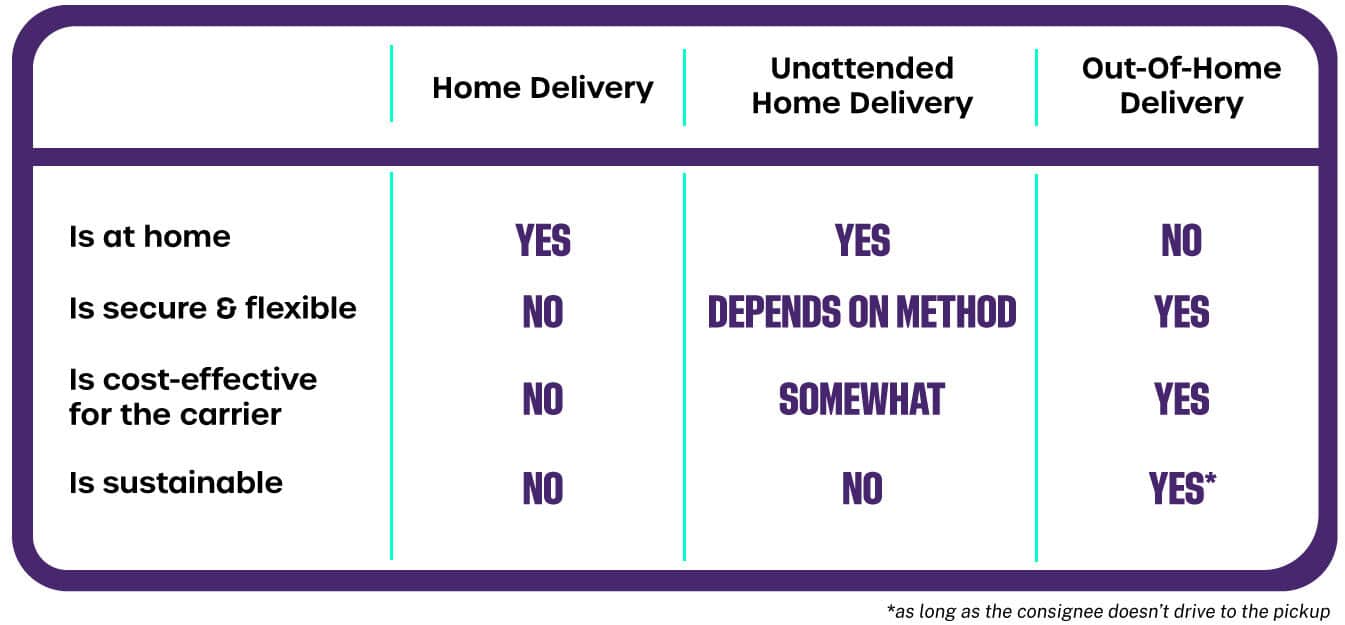
Of course, a mix of solutions will be required to ensure that carriers can become more efficient and sustainable despite delivering more and more ecommerce parcels. To preserve the customer experience while becoming more efficient, carriers will need to develop deeper relationships with consumers, to take their preferences around unattended and out-of-home deliveries into account.
The right balance will be very different in different markets. Out-of-home deliveries have the benefits of consolidation for carriers, and unattended home delivery options can, in the right circumstances, combine the convenience of home delivery with the flexibility and security that OOH offers consumers.
Related articles
Lessons from a decade in the first and last mile
A decade as Doddle taught us some lessons - and Blue Yonder helps us see what will matter in the next decade.
Convenient and sustainable: developing an out-of-home delivery strategy
Sustainability has become a key decision factor for retailers - here's how carriers can stay ahead with an out-of-home delivery strategy that’s both sustainable and convenient for consumers
Parcel lockers vs parcel kiosks: which is best for parcel drop-off?
We explore the benefits and drawbacks of parcel lockers and kiosks to help decide the best self-service solutions.













